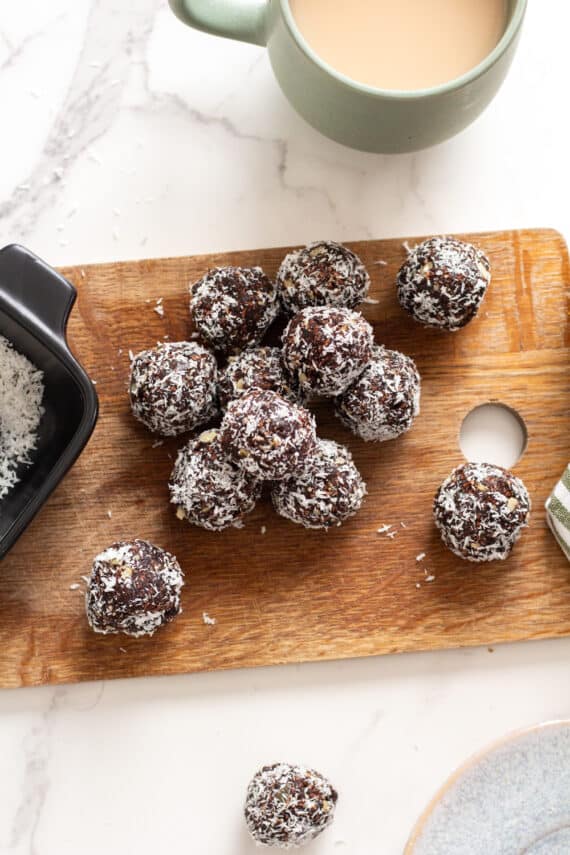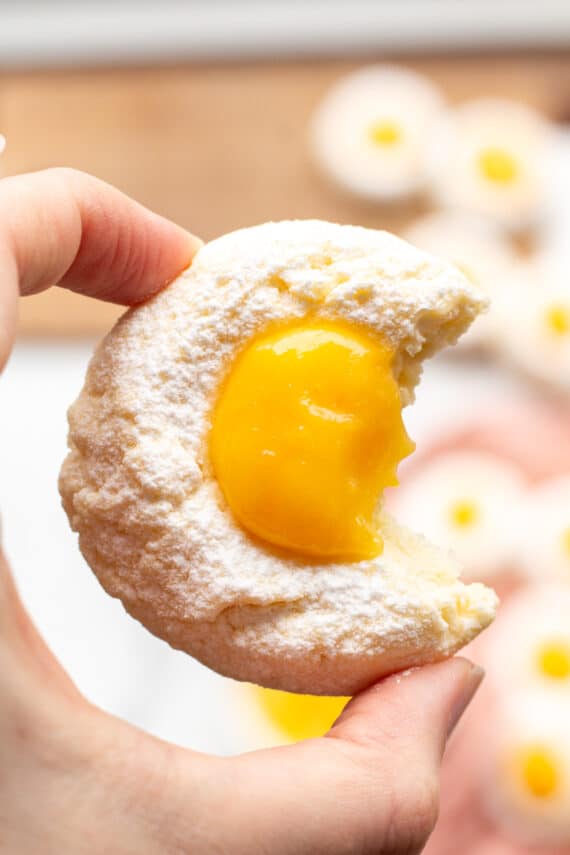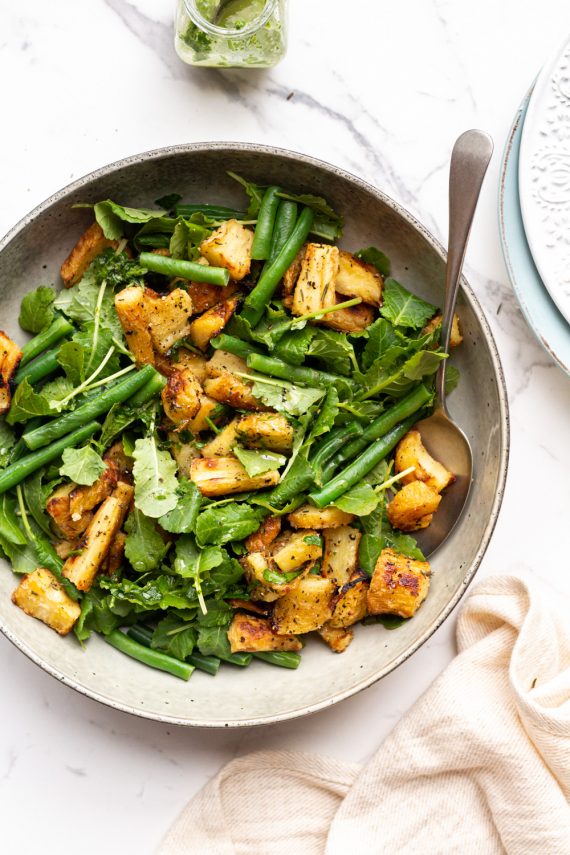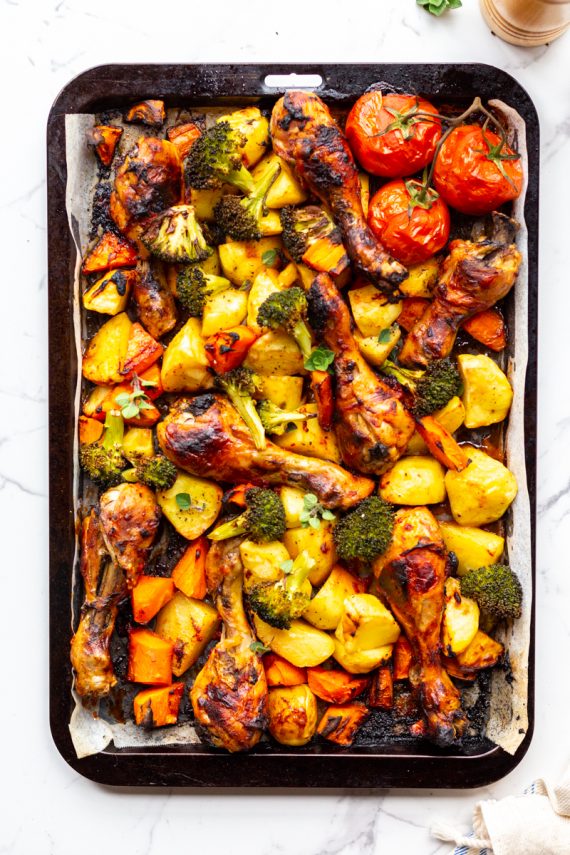It’s okay if somedays you just feel over it. Over managing your gut symptoms. Over thinking about food. Over trying to navigate the low FODMAP diet. Life is complicated and managing gut issues on top of everything else can be draining. In this article we’re going to look at practical tips to help you stay positive on the low FODMAP diet.
Focus on all the things you CAN eat
It’s so easy to get trapped in to thinking that there’s nothing you can eat. The good thing about the low FODMAP diet is that it doesn’t cut out any of the food groups. That means there are low FODMAP fruits, vegetables, protein, dairy, carbs, condiments, treats and more that you can enjoy.
You just need to spend a few minutes figuring out what those foods are. The Monash University FODMAP Diet App is a great resource for this or you can get some super handy FODMAP downloads in our FODMAP Made Easy programme.
Don’t go hungry
Hungry is not our friend. Going hungry can encourage you to make choices that your happy belly brain wouldn’t make – like ordering a pizza or eating an entire bag of sour cream and chive crisps, which can lead to more gut symptoms. Feeling hungry can also make you feel more stressed.
Help yourself feel in control by planning regular low FODMAP meals and snacks – including a couple of snacks you can carry with you. This doesn’t need to take hours – instead you just need to make a quick list:
- 2 breakfast options
- 3 snack options – these could be as simple as cheese and rice crackers, a piece of low FODMAP fruit and lactose free/coconut yoghurt, popcorn, corn chips and homemade low FODMAP salsa – there are so many choices.
- 2 lunch options
- 4 – 5 low FODMAP dinner options (30 minute meals or meals you can cook in bulk like soups/stews/casseroles are great if you are time poor)
- 2 low FODMAP treats
Create a quick list of your choices and pop them on the fridge so you can find them when you need them. We can also help you with low FODMAP meal plans in our FODMAP Made Easy programme.
Prep your freezer
All of a sudden it’s 5pm and you’ve still got to finish off work, get home, sort out the family, tidy the house and some how survive the rest of the week. Somewhere in there dinner also has to happen. This 5pm panic is a real thing and can often leave us reaching for the takeaways.
Instead of ordering the closest takeout option, we suggest you prep your freezer. Throw out all the sad and unloved food in there and stash away some low FODMAP meals that you can pull out at the last minute. Use these to give yourself a break from cooking.
An easy way to prep these is to make a couple of extra serves every time you cook a soup, casserole, stew, or saucy stir-fry. You can also freeze extra portions of low FODMAP cheese sauce or pasta sauces to speed up meal prep.
Plan some treats
It’s a myth that the low FODMAP diet is a sugar free diet. You can still use some sweeteners while on the low FODMAP diet. This means treats can be on the menu.
We’re not advocating that you eat these all the time but if having the occasional treat makes your soul happy then do it. Pop a batch of brownies in the freezer, enjoy a peanut butter cookie or find another low FODMAP recipe that makes you feel satisfied. You don’t need to feel deprived on the low FODMAP diet.
Remember it’s only temporary
The strict phase of the low FODMAP diet only lasts a few weeks. This isn’t a life sentence and you will be able to relax your diet in the future.
The goal of the low FODMAP diet is to help you identify foods that set off your gut symptoms. This means you need to push through each phase of the low FODMAP diet.
You normally spend 2-6 weeks eating low FODMAP foods, then once you’ve seen how your symptoms respond you jump straight in to your FODMAP reintroductions so you can identify your trigger foods. Once you understand your body you’ll be able to expand your diet while keeping your gut happy.
Final Thoughts
There are lots of simple tricks you can use to stay positive while you’re on the low FODMAP diet. It’s also okay if you aren’t perfect. We are all human and if you have an occasional high FODMAP food it’s not going to undo all your hard work. If you can, we recommend that you focus on moving through the low FODMAP phase as fast as possible so you can systematically relax your diet. Just let us know if you need more support, we’ve got lots of resources to make the low FODMAP diet easy.
Image credit: Black Salmon/Shutterstock.com











Hi Alana, love all your recipes & they have been very helpful, the only thing I find a little challenging is the fact there is only my husband & I and it means I have to find recipes we both enjoy or cook two seperate meals every time. I am 78 & he is 79,
help!!
Hi Trish,
Thanks for commenting. This is a common issue. What we suggest you do is start by finding 6 dinner recipes you can enjoy together and then each week add 1 or 2 new recipes into your rotation. Also remember that it’s often possible to modify recipes you love and use to eat by using some easy low FODMAP swaps. You can find some information on low FODMAP swaps here: https://alittlebityummy.com/low-fodmap-ingredient-swaps-for-holiday-recipes/
Hi, I am scared to start adding some HFM foods. The gas is very pain full. So here’s my question. If I know for sure I can’t tolerate garlic, does that mean onion is also a no no? They both have Fructans/Galactans. If one food in a food group bothers me should I not brother with trying any other food in that group. Thank you for any help!!
Hi Megan,
Thanks for commenting. It’s quite normal to feel anxious when thinking about your high FODMAP food reintroductions. Just remember that most people find several high FODMAP groups that they can bring back into their diet at some level so it’s worth trying to do the reintroductions. It’s also really good to note that some people can tolerate onion but not garlic (and vice versa) so try testing your tolerance groups to different types of fructans. We hope that helps.